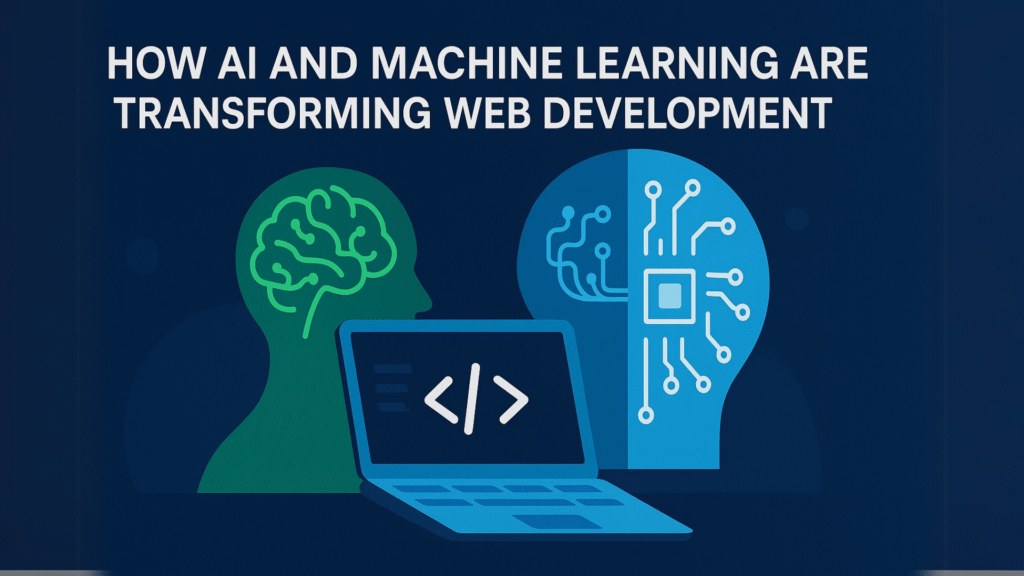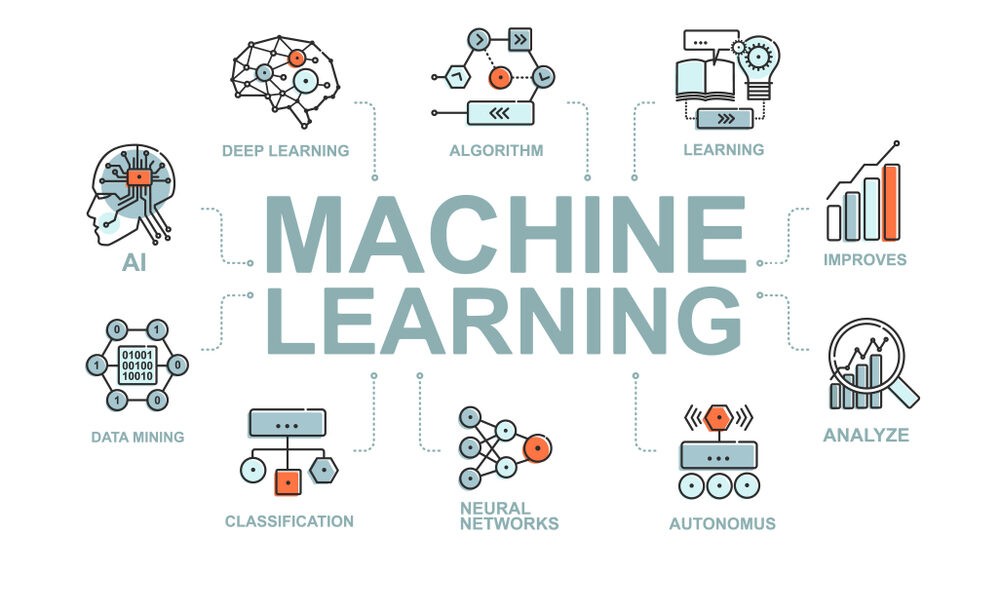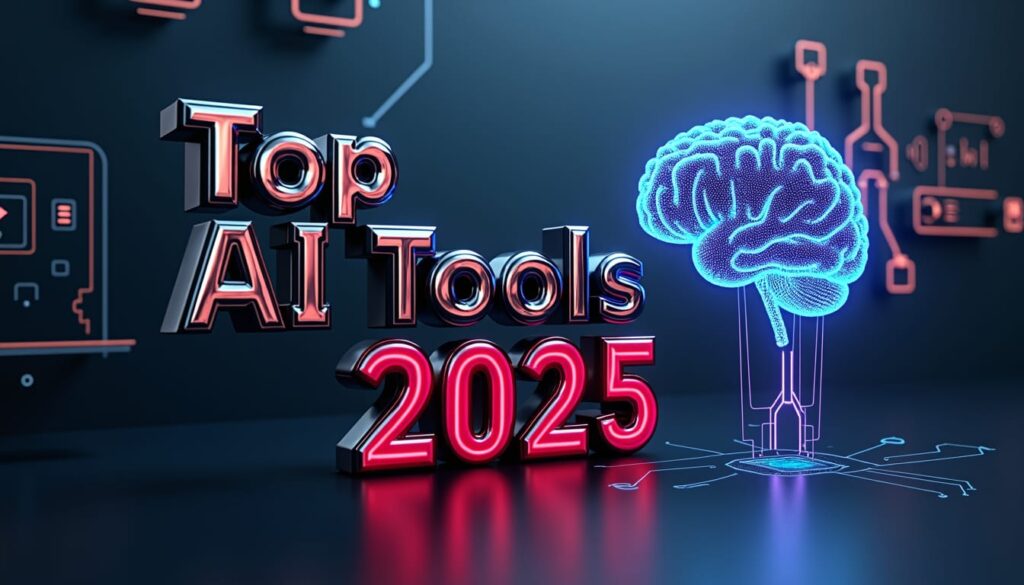From personalized user experiences to intelligent automation, AI and Machine Learning (ML) are transforming the web development landscape. No longer confined to research labs or complex backend systems, these technologies are now becoming essential tools for modern developers and designers.
In this blog, we’ll dive into how AI and ML are reshaping the future of web development—what’s happening now, what’s possible next, and why it matters more than ever.
What is Artificial Intelligence and Machine Learning?
Artificial Intelligence (AI) refers to machines or systems that can mimic human intelligence—such as understanding language, recognizing images, making decisions, or solving problems.
Machine Learning (ML) is a subset of AI that allows computers to learn from data and improve their performance over time without being explicitly programmed.
In web development, these technologies are used to analyze behavior, automate processes, personalize content, and build smarter applications that respond intelligently to users.
Why AI/ML is Becoming Essential in Web Development
AI and ML are no longer futuristic add-ons—they’re strategic enablers for delivering dynamic, data-driven, and user-centric experiences. Here’s why developers and businesses are integrating them into websites and web apps:
- User Personalization: AI analyzes user behavior (clicks, searches, scrolls) to tailor content, product recommendations, and user flows. Think Netflix’s show suggestions or Amazon’s product feed—now this level of personalization is possible even on smaller websites.
- Chatbots and Virtual Assistants: AI-powered bots like ChatGPT and Dialogflow can hold natural conversations, resolve queries, book appointments, and guide users—24/7. They enhance support, reduce response time, and increase user satisfaction.
- Smarter Search Functionality: ML enhances search features by understanding user intent, correcting typos, ranking results intelligently, and suggesting relevant content—making search faster and more helpful.
- Content Automation: Tools like Jasper and Copy.ai use AI to generate blogs, product descriptions, or headlines—helping content teams scale faster and test messaging more effectively.
- Accessibility Improvements: AI can generate alt text for images, auto-caption videos, and even convert text to speech—making web experiences more inclusive for users with disabilities.
These use cases highlight how AI and ML are quietly powering some of the most impactful features on today’s web.
Real-World Examples of AI in Web Development
The influence of AI/ML is visible in everyday tools and platforms:
- Spotify & YouTube: Use machine learning to curate personalized playlists and suggest videos based on user behavior.
- Gmail & Google Docs: Offer smart replies, predictive typing (Smart Compose), and grammar suggestions using natural language processing (NLP).
- Shopify & Wix: Provide AI-driven design suggestions and product optimization tools to help businesses build smarter, better-performing sites.
- E-commerce Platforms: Leverage AI for visual search, price optimization, and customer segmentation—boosting sales and engagement.
Even small and mid-size websites now integrate AI-powered tools for form optimization, email automation, and audience targeting—making AI accessible to everyone, not just tech giants.
Tools and Frameworks for AI Integration
If you’re a developer, here are some popular tools and frameworks to explore:
- TensorFlow.js: Brings ML models to the browser with JavaScript. Use it for real-time image classification, sentiment analysis, or data prediction directly in the frontend.
- OpenAI API: Powers natural language features like chat, Q&A, summarization, or text generation using models like GPT.
- Microsoft Azure Cognitive Services: Offers vision, speech, and language APIs that are easy to plug into any web app.
- Google Cloud AI: Enables image recognition, translation, speech-to-text, and custom ML model training with minimal setup.
- Hugging Face Transformers: For developers looking to integrate state-of-the-art NLP features like summarization, sentiment analysis, or chatbots.
These tools help developers build intelligent features without starting from scratch—lowering the entry barrier for AI adoption in web projects.
Opportunities for Web Designers and Startups
The fusion of AI/ML and web development creates exciting opportunities for creators, startups, and freelance professionals:
- AI-Enhanced UI/UX Design: Tools like Uizard and Framer AI generate responsive design mockups based on text input, helping designers prototype faster.
- A/B Testing Automation: ML can automatically test and optimize layouts, colors, CTAs, and copy based on real-time user behavior—maximizing conversions with minimal manual input.
- Predictive Analytics: Startups can use AI to forecast demand, user engagement, or churn—helping guide product decisions and marketing strategies.
- Voice Interfaces: As voice searches grow, developers can integrate voice-controlled navigation or search using tools like Alexa Skills Kit or Web Speech API.
Those who learn to **build with AI—not just for AI—**will stand out in an increasingly intelligent digital marketplace.
Challenges and Considerations
While AI offers transformative potential, there are key concerns to keep in mind:
- Data Privacy: AI relies heavily on user data. Developers must ensure compliance with data protection laws (like GDPR) and be transparent about how data is used.
- Bias in AI Models: Pre-trained models can inherit biases from the data they’re trained on, leading to skewed results. Responsible development and testing are essential.
- Performance Impact: AI models, especially in-browser, can slow down sites if not optimized properly. Consider using cloud-based APIs when real-time performance is crucial.
- Overengineering: Not every web feature needs AI. Always ask if an AI solution truly adds value or if a simpler rule-based system would suffice.
Responsible and thoughtful use of AI ensures that technology enhances—not complicates—the user experience.
Conclusion
AI and Machine Learning are rapidly becoming core components of modern web development. They’re not replacing developers—they’re amplifying their creativity and capability.
From intuitive search and dynamic content to smarter design and personalization, AI is shaping a web that understands, adapts, and evolves with its users. As these technologies become more accessible, developers have a powerful opportunity to create more intelligent, impactful, and engaging digital experiences.
In the era of smart web apps, the question is no longer if you should use AI—it’s how soon you’ll start.



